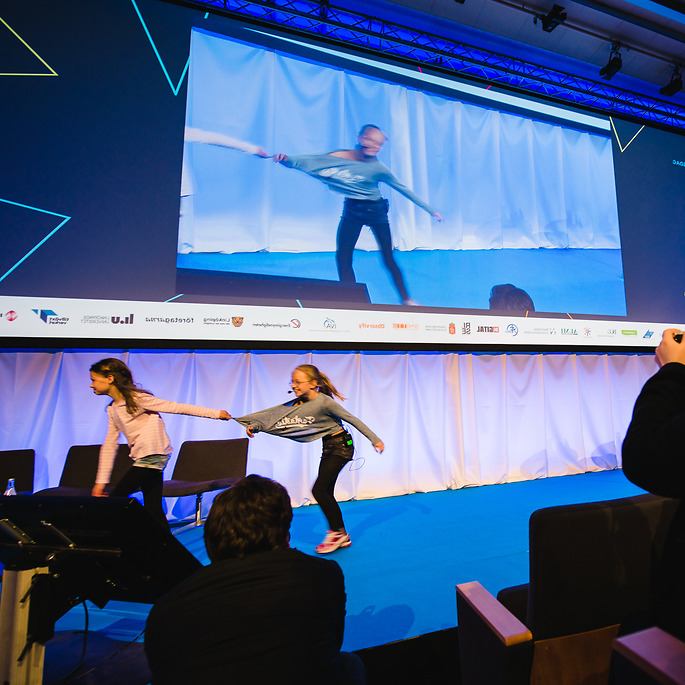Talent Attraction Management for Nordic Science Parks, Incubators & Clusters
Seven Swedish innovation hubs have joined forces under the project “Talent Attraction Management for Innovation Environments (TMI)” to get the conversation started on how to efficiently and sustainably attract talent. This week, gained insights were presented at Åkroken Science Park in Sundsvall.
TMI is a collaboration project for Swedish science parks, incubators and clusters that want to play a key role in attracting, receiving and developing talent.
The project, as well as this week’s launch event, was facilitated by Per Ekman from Tendensor, Mats Segerström from Nordic Place Academy and Jan Snygg from Place Consulting, in cooperation with Swedish Incubators & Science Parks (SISP).
– It has now resulted in a handbook bringing strategies, models and hands-on cases for effective and long-term talent attraction to the table, says Jakob Lindvall from SISP.
The seven organizations behind the book is Arctic Business Incubator, Kalmar Science Park, Netport Science Park, TechTank, Paper Province, Uminova Innovation and Åkroken Science Park.
Talent to capital and talent to places
During the launch event hosted by Åkroken Science Park on their new site Grönborg, participants were presented with main findings, including two new Talent Management models. One for organized talent attraction to places:
– It’s a method built on four consecutive parts of a circular process, starting in the relationship between the talent, the employer and the public actor in different stages of the process, Jakob explains.
The four stages are:
#1 Attract talent. Marketing that helps people to search for a region and the employers and jobs available.
#2 Welcome talent. Providing all necessary information and services before and on arrival.
#3 Integrate talent. Facilitating the opportunity to enter society, both socially and professionally.
#4 Strengthened brand. Communicating the region as an attractive place to live and work. Assuring a good reputation among those who move between different places.
The second model describes different types of capital attracting startups, entrepreneurs and talent.
– In this case it's about soft and hard factors, together forming a powerful innovation environment with good reputation. They are described in the model as Human capital, Financial capital, Social capital, Structural capital and Brand capital, says Jakob.
A holistic point-of-view
– We did some workshopping around the typical challenges and everyone agreed on the usefulness of the models, and the challenges we’re facing. The main one is that in order to succeed, you need a holistic view.
It’s a multidimensional issue for the individual talent, Jakob explains. A lot of actors need to be involved in the process (remember, it’s a circular one), which means you need to agree on a smart specialization strategy, as well as your roles and responsibilities on a systematic level.
– There are lots of good ideas and best practices shared in the book. It’s definitely a recommended read, he says.
Why bother
– You simply must care. Those who attract the best people will succeed, and this goes for both startups and multinationals as well as for an incubator, a science parks or the local society.
In the end its about sustainable growth, Jakob explains.
– As a matter of fact, in the operational model for science parks sustainable growth is pointed out as a main driver for the ecosystem stakeholders. As said, I strongly encourage everyone interested in the topic to read the book. I’m sure Per, Mats and Jan can help if you want to initiate action back home, or if you need help to facilitate it.
